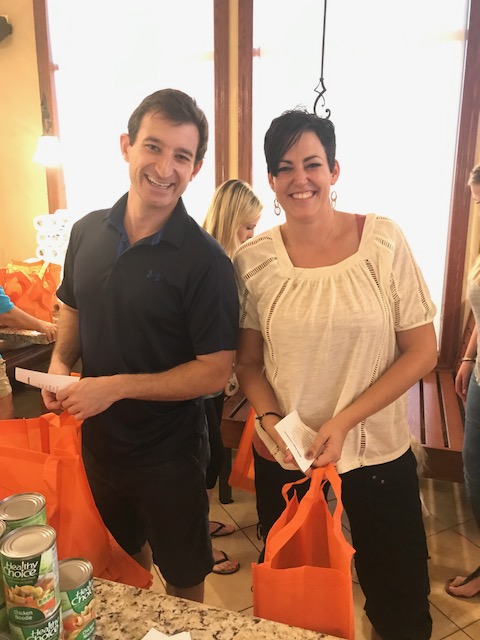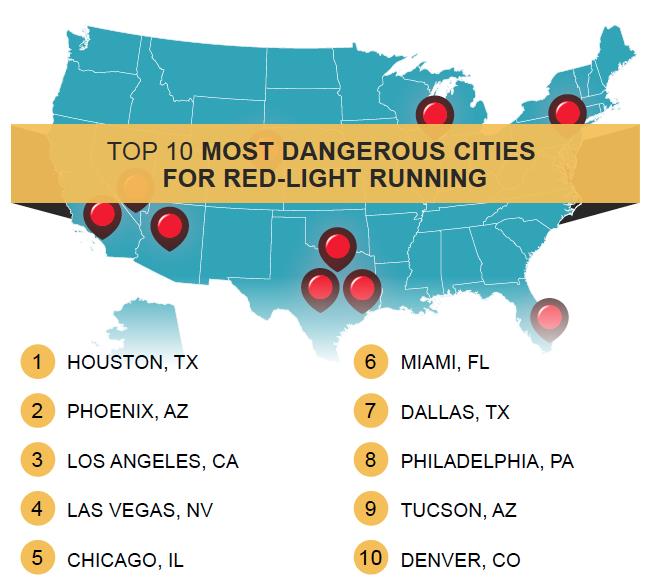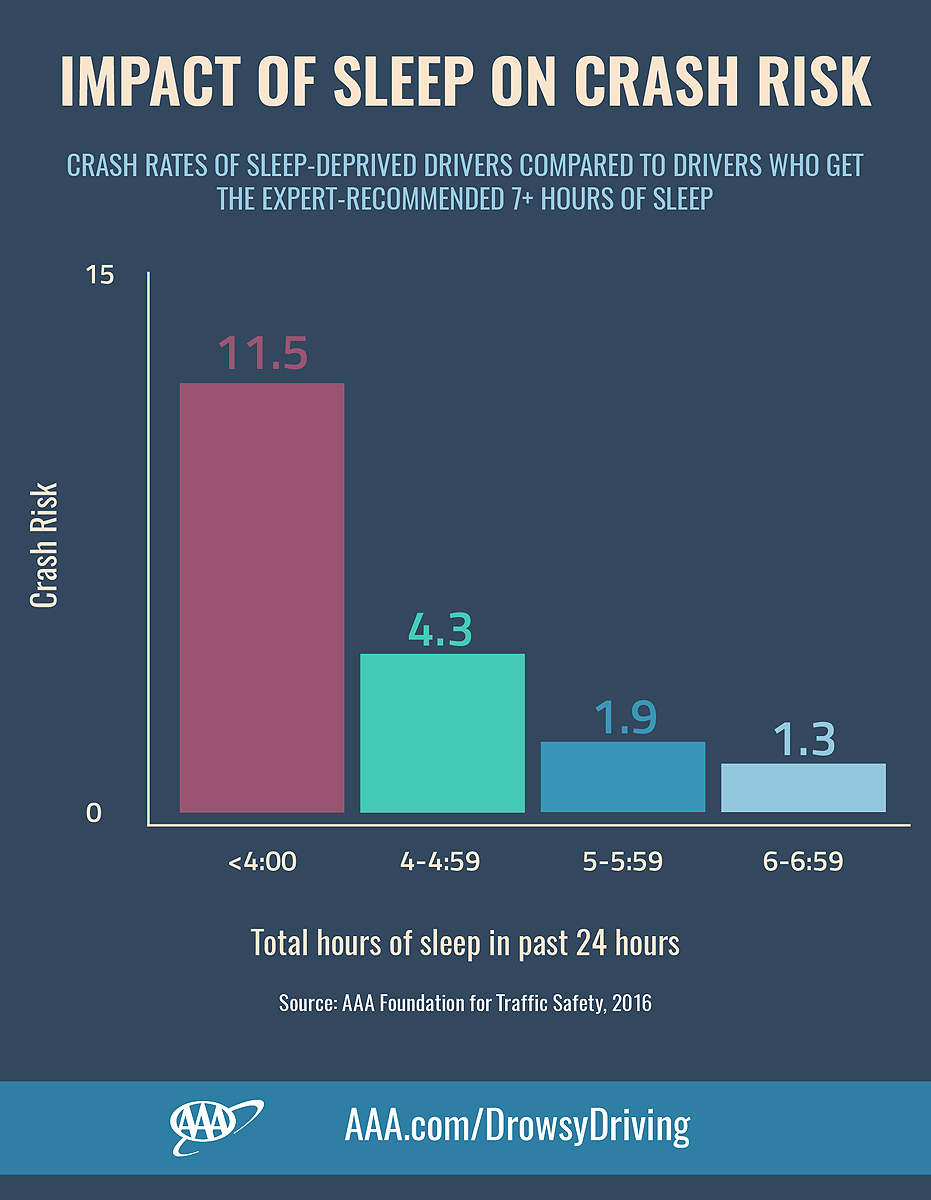Being involved in a motor vehicle accident can be a devastating and life changing event, not only for the people involved, but for their family, friends, co-workers and the community. The National Highway Traffic Safety Administration estimated that in 2015 there were 2.44 million people injured in motor vehicle accidents with over ten million accidents that year. Additionally, it is estimated that the average driver will file a claim for a vehicle collision every 17.9 years.
Although most drivers aim to be safe and defensive while driving, it is important to know what steps you should take if you have been involved in a vehicle collision.
Stop at the Accident Scene
The first step that you should take when you are involved in an automobile accident is to stay at the scene. Many states, including Arizona, have laws that require a person involved in a vehicle accident to perform certain duties. Arizona Revised Statute 28-663 requires a person that was involved in an accident to:
“1. Give the driver’s name and address and the registration number of the vehicle the driver is driving.
2. On request, exhibit the person’s driver license to the person struck or the driver or occupants of or person attending a vehicle collided with.
3. Render reasonable assistance to a person injured in the accident, including making arrangements for the carrying of the person to a physician, surgeon or hospital for medical or surgical treatment if it is apparent that treatment is necessary or if the carrying is requested by the injured person.”
Additionally, it is important to not leave the scene because criminal charges may be filed if you flee. Arizona Revised Statute 28-611 requires drivers that have been involved in an accident resulting in injury or death to stop and comply with Arizona Revised Statute 28-663, or they may be charged with a felony.
Check for Injuries
Once you are stopped at the scene it is imperative that you determine whether you, or any other person in the accident, has been injured. If there is an injury to any person involved, call 911 immediately. If you are not injured and you can drive your car, and it is safe to do so, move your car to an area that will not be obstructing other traffic more than necessary.
It is also important to note that if you feel, at any point after the accident, that you have soreness or that you have a minor injury, you should visit a physician. After an accident, the people involved may be confused and running on adrenaline, which may cause the body to ignore injuries that have been sustained due to the collision. Additionally, you may have sustained injuries that cannot be detected by the naked eye, they may be internal. It is important to visit a physician to get treatment for any injury, whether minor or major, as well as to rule out any internal injuries and to create documentation of your injuries that you may bring to your attorney and have for your insurance company.
Police and Accident Reports
Once you have taken the proper health precautions at the accident scene, you should call the police. The police will arrive on the scene and file an accident report.
Each state has different laws pertaining to filing accident reports. For example, in Colorado, each person involved in an automobile accident has a duty to report a traffic accident. If the driver of the vehicle is physically unable to file a report, it is the duty of a capable passenger to do so. If a person is involved in an automobile accident in which someone is injured and does not file an accident report, it is considered a class 2-misdemeanor traffic offense.
A traffic report may be important for many different reasons, however, especially if you file a claim because of injuries sustained in the vehicle accident. Although the police report is generally not admissible in civil court, it is very persuasive and may assist in gaining leverage in informal settlement discussions with an insurance carrier or opposing counsel in your personal injury dispute.
The report may contain helpful information such as the date, time, weather conditions and location of the accident. It will also contain the name, statements and telephone numbers of others involved in the accident, or any witnesses to the accident, which may prove invaluable when trying to prove fault.
Furthermore, the report will have the officer’s initial assessment of fault and if the officer has given a citation to the at-fault party. This will include the officer’s written description of the details and causes of the accident, and usually includes a diagram. Causes of the accident may include negligence, violation of a vehicle code, or use of drugs or alcohol.
Once the police arrive on the scene they will ask pertinent questions about the accident; you should answer their questions. However, stick to the facts. The police will put their initial assessment of fault on a police report and many times during accidents people are confused and may admit things that they are not liable for. Therefore, it is important to stick only to the facts, as liability will be investigated at a later time.
Collect Relevant Evidence
After you have answered the officer’s questions and cooperated fully, take time to collect the phone numbers and names of any persons involved in the accident or witnesses to the accident. If you have the opportunity to speak with anyone at the scene make sure that make notes of their responses. Additionally, try and document by writing, or photos (most people will be able to take photos using their phones), any injuries that you may have to your person, vehicle, or any other information that you believe is critical.
Shortly after the accident, take time to write down your own detailed account of what occurred. It is important that this is done shortly after the accident so that every detail that you can remember is noted. Many times, injury claims may take months, or even years, and people forget important details during that time.
Your description should include weather conditions, the time of day, a play-by-play description of how the accident occurred, any statements made by persons involved in the accident or witnesses, and any injuries that you sustained or emotions that you feel after being involved with the accident.
Contact a Personal Injury Attorney
If you are injured in an automobile accident you should speak with an experienced personal injury attorney as soon as possible. An attorney will be able to evaluate your case, guide you through the personal injury process, analyze the information you have gathered, and speak with insurance companies, which will allow you to focus on what’s most important, your health. Contact the attorneys at Negretti & Associates for a free case evaluation.










